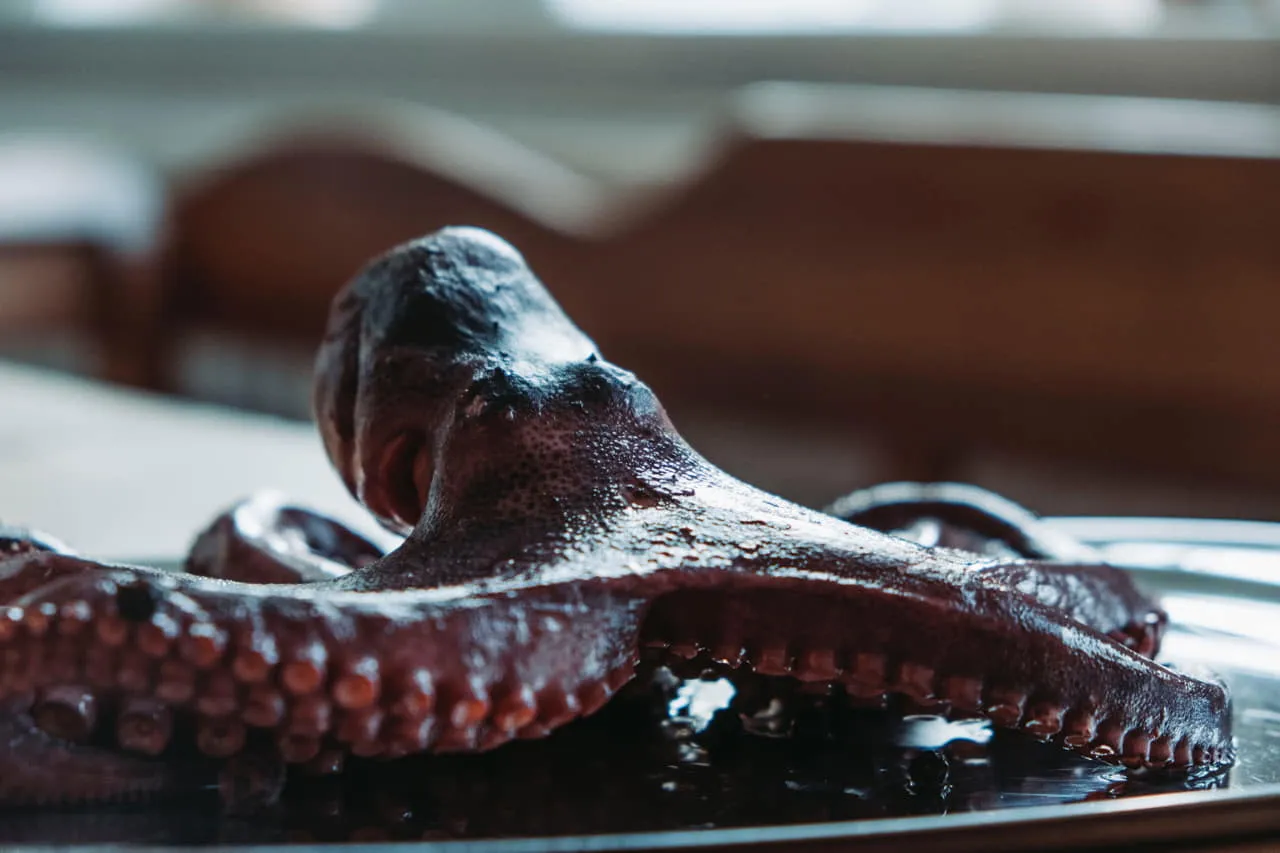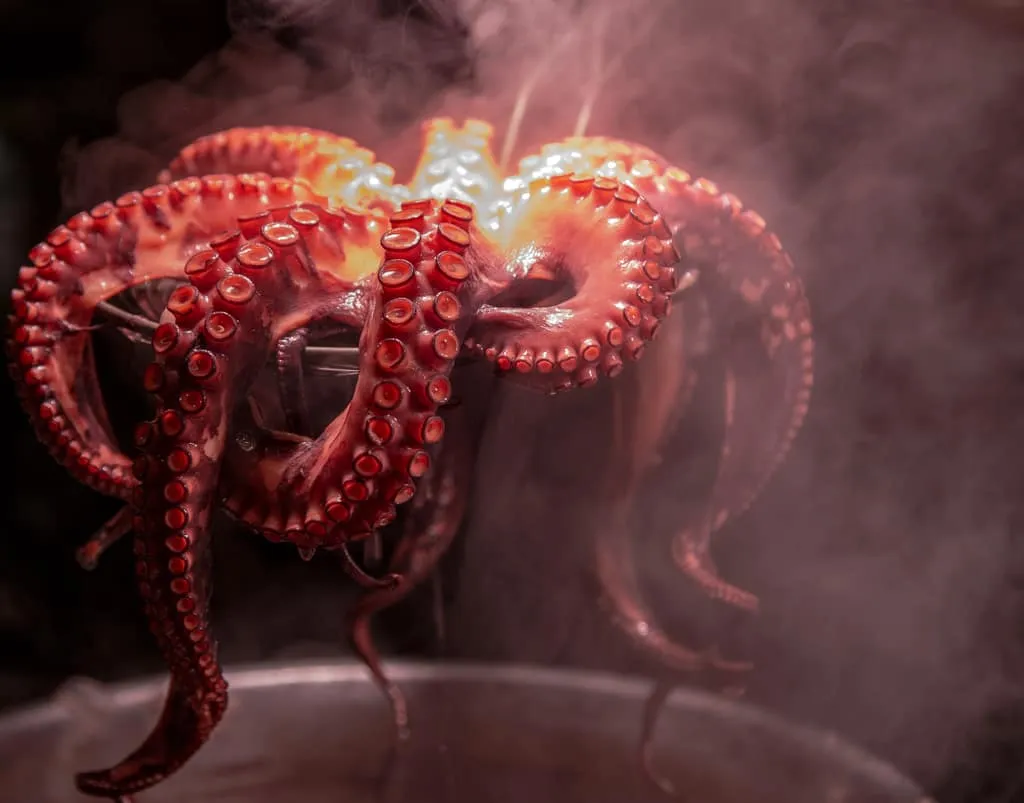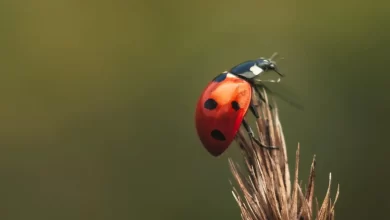The octopus is a saltwater creature that can be found in all oceans. They have two large eyes and eight suckers on their limbs, which help them capture their prey. They have a hard beak and the mouth, which is situated in the middle of the arms. Octopus has no internal or external skeleton, which allows them to fit into small spaces. When they are not hunting, many of them hide in cracks between rocks or corals. They’re intelligent hunters with a taste like crabs. So let’s take a look at these 37 fascinating facts about this incredible creature.
- An octopus has three hearts. One is a systemic heart that circulates blood throughout the body, while two other branchial hearts that helps pumping it through each of two gills.
- The movements of octopuses have moves but no rhythm in their walking as such.
- Octopus and other cephalopods are living on earth for over the last 300 million years. The oldest fossil of octopus ever found is about 296 million years old.
- They have eight arms that helps him to crawl in any direction relative to his body orientation.
- On each arm, they have around 240 suction cups on the underside of two separate rows.
- Each of octopus has around 1920 suckers that have about 10,000 taste receptors. So basically, they taste each and everything they touch.
- The octopus is marine animals that are invertebrates which means they have no spinal cord or bones in their bodies.
- Octopus has a total of nine brains and is counted as the most brainy species among all invertebrates. A central brain controls the nervous system and eight tiny brains in all eight arms, which helps t control movements.
- Being the smartest invertebrates species on the planet, they can solve puzzles, recognize human faces, navigate through different mazes, and even open jars.
- It’s been researched that octopus often edits their RNA(ribonucleic acid), which helps them adapt to different temperature conditions and make them smarter.

- Typically our human vaccinations do not work on octopuses as they don’t have any adaptive immune system.
- An octopus named otto of Germany sea star aquarium short-circuited the whole aquarium by his tactics of shooting water on its spotlights.
- Octopus comes in the category of cephalopod species which are squid, octopus, or nautilus.
- There are over 300 recognized species of octopuses on the planet. That is about one-third of the total cephalopod species.
- Sometimes octopuses eat their arms, a behavior probably caused by a virus and is called autophagy.
- Octopus which are commonly found, can hear sound frequencies between 400 Hz to 1000 Hz and hears best at the frequencies of 600 Hz.
- There is no collective noun or word for a group of octopuses as they like to live alone in the ocean.
- Unlike the vertebrates or humans, cephalopods’ eyes are focused through movement, just like the lenses of cameras and telescopes.
- The common octopus can dash(move) in water at a speed of 25 mph(40 kph) over short distances. They use the method of jet propulsion to move from one place to another.
- An octopus of about 232 gm managed to squeeze and get out from the box from a one-inch hole. Whereas a 600 pound(272.155 kg) octopus squeezed himself and managed to get inside a tube of one-fourth of its size. They can squeeze themselves because they have no bones.

- They like to make a particular place in the oceans where they can live undetected. Their habitats are called dens.
- They also like to collect attractive stones, bottle caps, and other finds from the ocean floor and decorate their dens with it.
- Some octopuses have been known to eat their arms off when the food is scarce, or they are too hungry.
- Just like starfishes, they regrow their lost arms, but as starfishes, the lost arm cannot grow into a new octopus.
- The blood of the octopus is blue in color; this is because of Haemocyanin.
- Haemocyanin is a blood-borne protein that contains copper atoms that bind to an equal number of oxygen atoms in the blood. It’s part of the blood plasma in invertebrates.
- There is a blue pigment in octopus blood that allows them to live in extreme and freezing water temperatures.
- The largest species of octopus on the planet is considered to be the giant pacific octopus that inhabits in the waters of the Pacific ocean stretched from the United States to Alaska. The largest individual ever found measured 30 feet across in length and weighed over 600 pounds (273 kg).
- The highest lifespan of an octopus species is of Giant pacific octopus, with a life expectancy of over 3-5years.
- A newly born octopus is called “larvae.”

- When an octopus is born, it is about the size of 1 to 3mm or a flea when it is born.
- Among all, invertebrate squids and octopuses are the most intelligent species.
- Using its web-like skin and suction cups present in its arms, an octopus can carry up to a dozen crabs back to its den.
- They are found almost in all five oceans Pacific, Southern, Indian, Arctic, and Atlantic.
- The blue-ringed octopus is one of the deadliest animals on the planet. If it stings a human, the venom can cause muscle numbness, vision loss or even complete blindness, loss of senses, and motor skills loss.
- The venom of the blue-ringed octopus is about 1000 times powerful than cyanide. The venom from one of these creatures is enough to kill about 26 humans within minutes.
References
- Boingboing.net
- Wikipedia-Cephalopod
- youtube.com Octopus escaping through a 1 inch diameter hole
- Geek.com
- Mentalfloss.com
- Npr.org
- Sciencealert.com
- Wikipedia-Octopus
- Oceanconservancy.org






